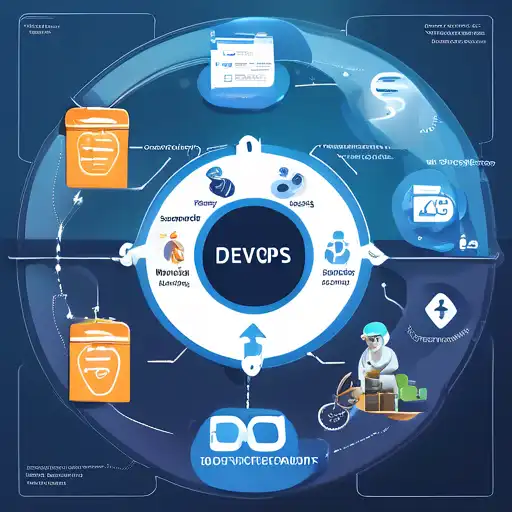Introduction to DevOps in Software Development
DevOps has revolutionized the way software is developed, deployed, and maintained. By bridging the gap between development and operations teams, DevOps practices ensure faster delivery times, higher quality products, and more efficient workflows. This article explores how DevOps improves the software development lifecycle (SDLC) and why it's become an essential part of modern software engineering.
The Core Benefits of DevOps
DevOps brings numerous benefits to the software development process, including:
- Improved Collaboration: DevOps fosters a culture of collaboration between developers and operations teams, breaking down silos and improving communication.
- Increased Efficiency: Automation tools and continuous integration/continuous deployment (CI/CD) pipelines reduce manual errors and speed up the development cycle.
- Higher Quality Products: Continuous testing and monitoring ensure that issues are identified and resolved early in the development process.
- Greater Scalability: DevOps practices enable teams to easily scale applications and infrastructure to meet growing demands.
Key DevOps Practices That Enhance SDLC
Several DevOps practices are particularly effective in improving the software development lifecycle:
- Continuous Integration and Continuous Deployment (CI/CD): Automates the process of integrating code changes and deploying them to production, reducing the risk of errors.
- Infrastructure as Code (IaC): Allows teams to manage infrastructure through code, making it easier to provision and manage resources.
- Monitoring and Logging: Provides real-time insights into application performance and helps identify issues before they affect users.
- Microservices Architecture: Encourages the development of small, independent services that can be developed, deployed, and scaled independently.
Implementing DevOps in Your Organization
Adopting DevOps requires a cultural shift as well as the right tools and practices. Here are some steps to get started:
- Assess your current development and operations processes to identify areas for improvement.
- Invest in automation tools that support CI/CD, IaC, and monitoring.
- Encourage collaboration between teams by organizing cross-functional meetings and workshops.
- Start small by implementing DevOps practices in a single project before scaling across the organization.
Conclusion
DevOps is more than just a set of practices; it's a culture that promotes collaboration, efficiency, and continuous improvement. By integrating DevOps into your software development lifecycle, you can achieve faster delivery times, higher quality products, and a more agile development process. Whether you're just starting out or looking to optimize your existing processes, DevOps offers a path to better software development.
For more insights into optimizing your development processes, check out our articles on CI/CD pipelines and microservices architecture.
